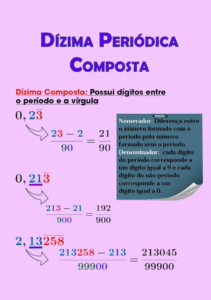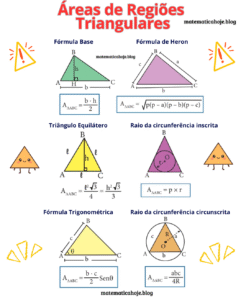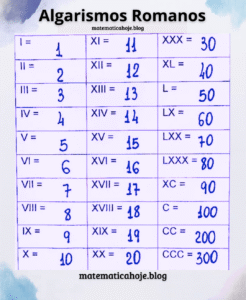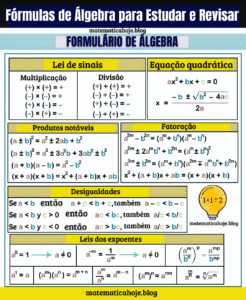Continue seus estudos com esses exercícios que abordam limites laterais, funções por partes e situações de indeterminação. Tente resolver antes de clicar em Ver Solução.
2) Seja
\( f(x) = \begin{cases} x^2, & \text{se } x < 2 \\ 4 - x, & \text{se } x > 2 \end{cases} \)
Calcular: \( \displaystyle \lim_{x \to 2^-} f(x) \quad \text{e} \quad \lim_{x \to 2^+} f(x) \)
Ver Solução
Pela esquerda: \( f(x) = x^2 \Rightarrow \lim_{x \to 2^-} x^2 = 4 \)
Pela direita: \( f(x) = 4 – x \Rightarrow \lim_{x \to 2^+} 4 – x = 2 \)
Resposta:
\( \lim_{x \to 2^-} f(x) = 4 \)
\( \lim_{x \to 2^+} f(x) = 2 \)
3) Seja
\( f(x) = \begin{cases} x^3 + 1, & \text{se } x < 1 \\ x + 1, & \text{se } x > 1 \end{cases} \)
Calcular: \( \displaystyle \lim_{x \to 1^-} f(x), \lim_{x \to 1^+} f(x), \lim_{x \to 1} f(x) \)
Ver Solução
Pela esquerda: \( f(x) = x^3 + 1 \Rightarrow \lim_{x \to 1^-} x^3 + 1 = 2 \)
Pela direita: \( f(x) = x + 1 \Rightarrow \lim_{x \to 1^+} x + 1 = 2 \)
Como os limites laterais são iguais, o limite total também é:
Resposta: \( \boxed{2} \)
4) Seja
\( f(x) = \begin{cases} \sqrt{x^2 – 2x}, & \text{se } x \leq 3 \\ 4 – x, & \text{se } x > 3 \end{cases} \)
Calcular: \( \displaystyle \lim_{x \to 3^-} f(x), \lim_{x \to 3^+} f(x), \lim_{x \to 3} f(x) \)
Ver Solução
Pela esquerda:
\( f(x) = \sqrt{x^2 – 2x} \Rightarrow \lim_{x \to 3^-} \sqrt{9 – 6} = \sqrt{3} \)
Pela direita:
\( f(x) = 4 – x \Rightarrow \lim_{x \to 3^+} 4 – 3 = 1 \)
Como os limites laterais são diferentes, o limite total não existe.
Resposta:
\( \lim_{x \to 3^-} f(x) = \sqrt{3} \)
\( \lim_{x \to 3^+} f(x) = 1 \)
\( \lim_{x \to 3} f(x) \): **não existe**













